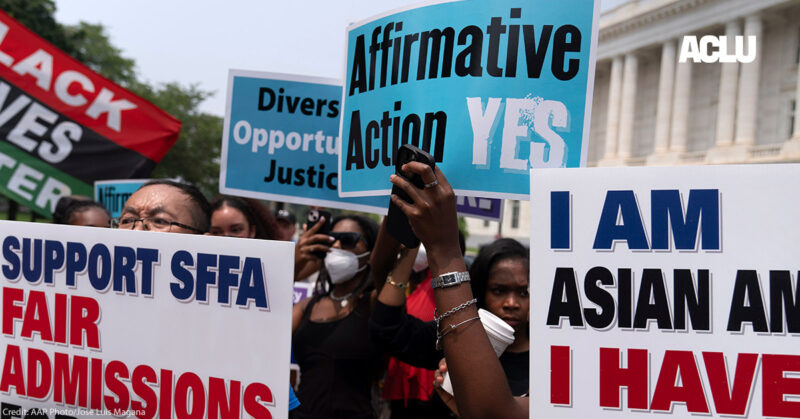What is it and how is it different from Common Stock?
Introduction: Where’s the Beef?
In representing early-stage companies, I am often asked what and why there are different types of stock for a given company. After all, isn’t a share of stock, a share of stock? The answer to this question generally depends upon the type and stage of a particular company, with the primary differentiator being whether the business needs to raise capital from outside investors. If a company has successfully made the transition from bootstrapping to positive revenue without the need for outside investors and can sustain this trajectory, then preferred stock may well never be a consideration. If, however, the company needs to raise capital from outside investors, issuance of preferred shares will in most cases be a necessity.
Comparison to Common Stock: Sweat vs. Check
A discussion of common stock would seem an appropriate starting point given that most every corporation will begin life with a certain number of authorized shares of common stock and no preferred or other classes or series of stock. The simple reason for this is that at conception, a company has no real value and equity ownership is limited to the founders. With only one level of ownership (founders, employees and other service providers), there is simply no need for a separate class of stock. For the duration of the initial phase of the company, and until there is a need for outside capital, this single class of stock, more often than not, fulfills the company’s needs given that the initial founders and employee or other service providers are similarly aligned in terms of contributions vs. equity ownership.
As soon as a company determines a need to raise outside capital, however, the single class of stock paradigm generally needs to be modified. The reason for this is simple: outside investors are being asked to contribute capital but are otherwise unaffiliated or directly involved in the management and execution of the company’s mission. In order to incentive outside investors to provide capital to the company, such investors are issued a separate or “preferred” class of stock in exchange for their cash contributions.
As soon as a company determines a need to raise outside capital, however, the single class of stock paradigm generally needs to be modified. The reason for this is simple: outside investors are being asked to contribute capital but are otherwise unaffiliated or directly involved in the management and execution of the company’s mission. In order to incentive outside investors to provide capital to the company, such investors are issued a separate or “preferred” class of stock in exchange for their cash contributions.
Contact us here for more information about stocks:
A Closer Look: Multiple Flavors
In terms of process, the first step in issuing preferred stock is to have the company’s certificate of incorporation or “charter” amended to authorize the new class of stock. It is worth pointing out that companies can (and often do) authorize sub-classes or multiple “series” of each class. In the case of common stock, sub-classes are often created to two or more tiers of stockholders. For example, “Class A Common Stock” might have voting rights while holders “Class B Common Stock” would not be entitled to vote their shares (or have a different ratio of votes to shares). Although the nomenclature applied to these sub-classes is somewhat arbitrary (there is no reason a company couldn’t authorize “Series Super Duper Preferred Stock”), a relatively consistent, consecutive alphanumeric approach has evolved in the startup ecosystem. It would be natural and intuitive to assume the first issuance of preferred stock under such regime would be named “Series A Preferred Stock”, and for a time this was commonplace, until the appetite from certain investors to get in at earlier and earlier stages gave birth to pre-A round series of preferred stock often called “Series Seed Preferred Stock” or “Pre-A Preferred Stock.” For illustrative purposes, let’s take a simple example and assume a company has raised 4 rounds of preferred to stock over a 5-year period and consistently met each of its targeted milestones with respect to each such financing round. In this case, the company would authorize a new series of preferred stock in connection with each successive financing round, resulting in the following order of sub-classes of preferred stock: Series Seed, Series A, Series B and Series C.
But wait a minute, you might be thinking, didn’t you say it was an alphanumeric system? I did and as we’ll see in a slightly more complicated (and frankly more commonplace) example, the numbers are typically added to the mix in situations where the target company needs more runway than expected to get to the next letter of the alphabet. Let’s assume our second hypothetical company got off to a bit of a rocky start after initial funding or needed to pivot the product before getting back on track only to later have a bit a management shakeup, with each challenge resulting in a need for additional capital earlier than anticipated. What do we call these in-between financing rounds? Well, that’s where the numbers come in. In this case, the order of preferred equity financings might look something like the following: Series Seed, Series Seed-1, Series A, Series B Preferred Stock, Series B-1, Series B-2 and Series C.
Making the Stock Sausages and Who Gets to Eat When
Although the particular terms of each series of preferred stock are negotiated and vary from company to company depending on the respective positions of the investors and the company, they typically encompass the range of rights and entitlements set forth in the suite of agreements commonly identified as the NVCA model forms. In general, such documents will include special rights for the investors including right of first refusal, anti-dilution adjustment, information rights, board seats, public offering registration rights, pro-rata rights and protective provisions, but perhaps most important of all, the preferred stock will enjoy a preferred status to the common stock in the even the company undergoes a liquidity event, which generally includes an acquisition, merger or initial public offering (“Liquidity Event”).
In a typical Liquidity Event, the consideration will be allocated among the shareholders in accordance with the terms of a “waterfall” clause. Generally, this clause will require the company to use the proceeds to make payments in the following order of priority: (i) any and all creditors, (ii) preferred stockholders, based on seniority; and (iii) common stockholders. To complicate matters a bit further, the order and calculation of payments to the preferred stockholders will depend on the specific terms that were negotiated for each particular series of preferred stock.
Check out some of our latest publications.
- Client Update – Executive Order Upends Affirmative Action For Federal Contractors and Opens Door to False Claim Act Liability

- How to Find Venture Capital for Early-Stage Scaling Companies

- How to Find Angel Investors for Early-Stage Scaling Companies

- Corporate Transparency Act: Nationwide Injunction In Effect Again; All Filing Deadlines Suspended

- Are Statutory Changes Coming to the Common Law Experimental Use Exception to Patent Infringement?

- Foundational Financing Puzzle Pieces

